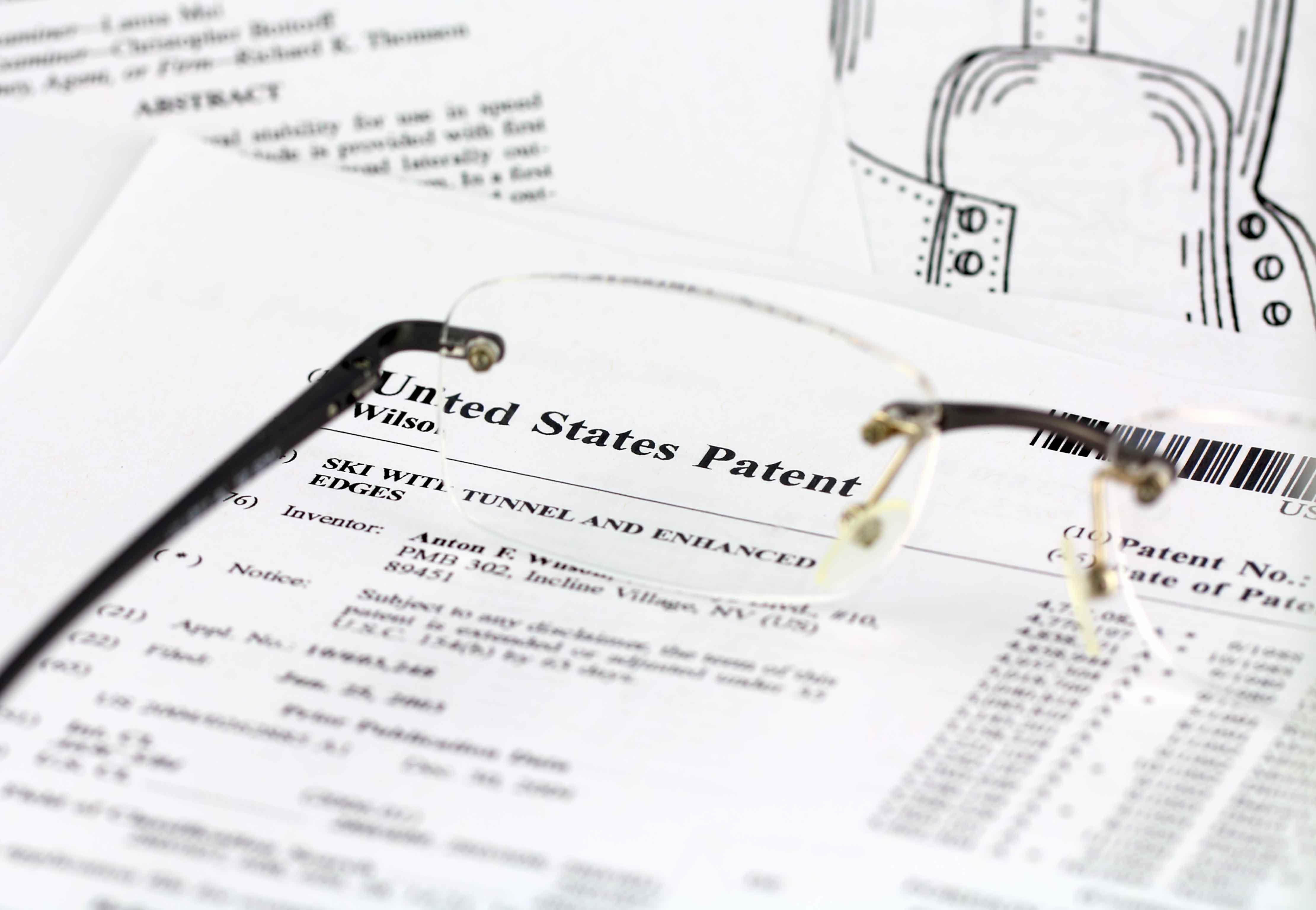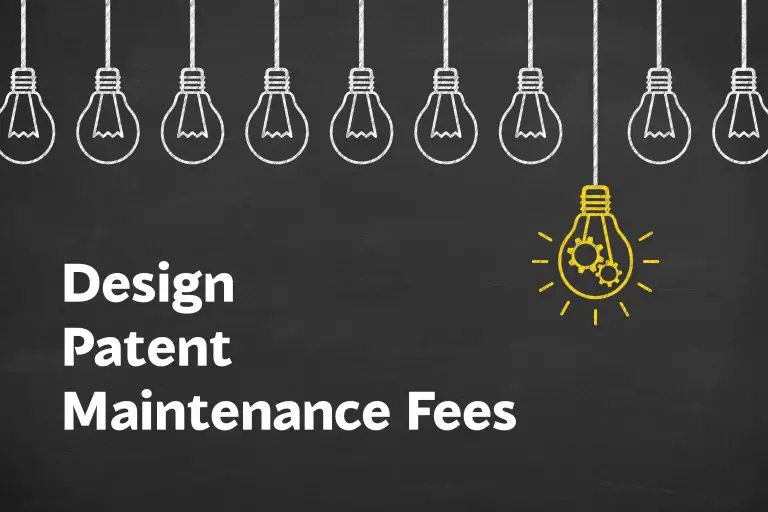Does a Provisional Patent Need Claims?
If you’re working on your invention, you may want to file a provisional patent with the USPTO as a placeholder in time until you’re ready to file a regular, nonprovisional patent application. Many applicants and inventors approach us and ask us whether they need to add claims to their provisional patent application?
Before filing a nonprovisional patent application, inventors often prefer to file a provisional patent application to obtain an early priority date for their invention. To obtain a provisional patent, inventors and applicants have to include a description for their invention. So, we often get asked does my provisional patent have to include claims? We will answer this below.
Does a Provisional Patent Need Claims?
According to the USPTO, a provisional patent does need formal patent claims. However, they recommend that an applicant completely and thoroughly describe the invention they’re seeking to protect. That said, while claims are not required for a provisional patent, you should spend a good amount of time describing your invention in your provisional patent application.
So, why are we telling you to accurately and thoroughly describe your invention in your provisional patent application? We are stressing this because the description of your invention will become very important when the time comes for you to file your regular utility patent application.
You have to remember that provisional patents only last for 12 months. During those 12 months, you need to file a nonprovisional patent application to get a patent on your invention. When you decide to file your nonprovisional (regular) utility patent application, the patent examiner will look at your provisional patent application and your nonprovisional patent application. The invention you describe in your nonprovisional patent application has to match the one in your provisional patent application.
This is important because the patent office will not allow you to claim the benefit and priority date of an earlier-filed provisional patent application if the descriptions do not match. So, while some people consider provisional patent application unimportant and easy to prepare, making a mistake in describing your invention could cause you a lot of problems, especially if someone else files a patent application for the same or similar invention and the patent office does not allow you to claim an earlier priority date.
So what’s the takeaway? You should do your best to accurately and completely describe your invention. Don’t file a provisional patent when you’re super early in the process of inventing. File it once you have a solid understanding of how your invention works and the purpose it accomplishes. Pay close attention and do a good job preparing your provisional patent application.
If you don’t have experience preparing and filing a provisional patent application, you should seek the help of an experienced, licensed patent attorney. Experienced patent attorneys have drafted many patent applications, they know what the patent office and patent examiner are looking for. They will help you avoid making small mistakes that could cause a lot of trouble down the road.
If hiring an experienced attorney is too expensive for you, you should try looking for an experienced patent agent. Patent agents are authorized by the patent office to assist inventors and application in the preparation and prosecution of their patent applications.
While the patent office does not require inventors to hire patent agents or patent attorneys, they do recommend that you hire them to assist you with the preparation of provisional patent applications and regular utility patent applications.
Is Your Description Descriptive Enough?
So, now that we have stressed the importance of including an accurate and complete description of your invention, how much detail should you add to your provisional patent application? You should include enough detail so that a person who’s familiar with the field of your invention will be able to figure out how to make the invention, as well as knowing how to use the invention.
Imagine yourself writing an instruction manual for making and operating a remote control. Include all of the information that the maker of such an invention needs to know how to make it and what the user needs to know to be able to operate it. If you include this level of detail, your description is probably going to be good enough.
So, while others may tell you that provisional patents aren’t important and don’t require much preparation, laugh and don’t listen to them because by now you should know the consequences that are associated with having a provisional patent that doesn’t adequately describe your invention.
As we previously said, if you don’t include the appropriate amount of detail, the patent office may deny you the benefit of claiming the earlier priority date of your provisional patent. If someone else filed a patent on the same or similar invention, you could lose your entire patent.
Should You Include Claims in Your Provisional Patent Application?
Whether you should include claims in your provisional patent application is up to you but we will go through some of the benefits and disadvantages of including them vs not including them. If you want to include claims, include broad claims, don’t limit your invention by including claims that limit the scope of the invention.
You can always make claims narrower later on when you file your nonprovisional patent application but if you draft your claims too narrowly, you’re limiting your ability to make broader claims in your nonprovisional application. You have to remember that if you want to benefit from your from the early filing date of your provisional patent, the invention you’ve described in your nonprovisional patent application has to be the same one you described in your provisional patent application. So, to avoid having the patent examiner determine that the inventions are different, include some claims but don’t put yourself in the corner with narrow claims.
We know that applicants are sometimes in a rush to file a provisional patent to get their priority date, but just remember taking the time to carefully draft your provisional patent application will go a long way in ensuring that you get the best patent protection possible.
Some people argue that claims should not be included at all in a provisional patent application because they cause problems in the event that the claims of the nonprovisional application are different than the ones you included in your provisional patent application. They go as far as to state that they shouldn’t be added at all to avoid running into claim related issues.
Having said that, whether you choose to include claims or not in your provisional patent application, one thing is for sure: you need to draft both the descriptions of your invention in both your provisional patent and nonprovisional application should be very similar and have the same subject matter. If you add something to your nonprovisional application that’s not in your provisional patent application, you won’t be able to benefit of an earlier filing date.
Filing Your Nonprovisional Patent On Time
If you have a valuable invention on your hands and you want to patent it, make sure to file your nonprovisional patent within 12 months of filing your provisional patent application. The patent office rarely grants extensions and if they do, it will end up costing you a ton of money. So, it’s better to just pay attention to the deadlines and file your application within the allotted time.
How to Turn Your Provisional Patent Into a Nonprovisional Patent?
To turn your provisional patent into a nonprovisional patent, an applicant may file a nonprovisional patent application that claims the benefits of an earlier-filed provisional patent application within 12 months of filing the provisional patent application.
For an application to claim the benefit of an earlier application, it should identify the patent application number to which it’s claiming priority, as well as the date on which it was filed. The benefit of proceeding this way is that your patent term begins at the time you file your nonprovisional patent application and your priority date starts almost a year earlier (at the time of filing the provisional patent application).
Provisional Patent Claims
By now, you should know that while patent claims are not required for provisional patents, you should do a thorough job describing your invention in your provisional patent application. If you don’t have experience preparing provisional patents, we recommend that you hire an attorney to assist you in its preparation. That said, if you have any general questions or comments, please feel free to leave them in the comments section below.







